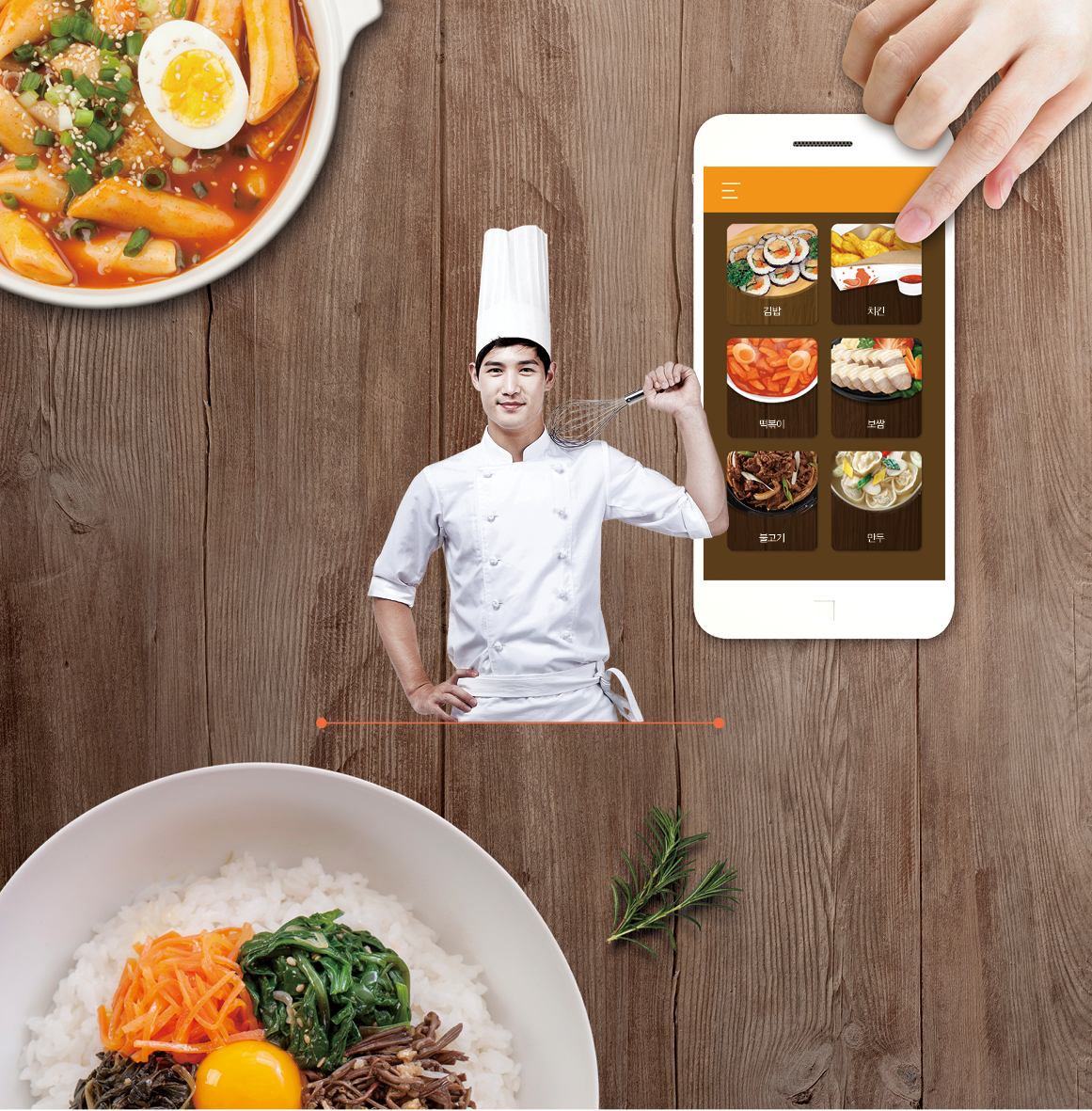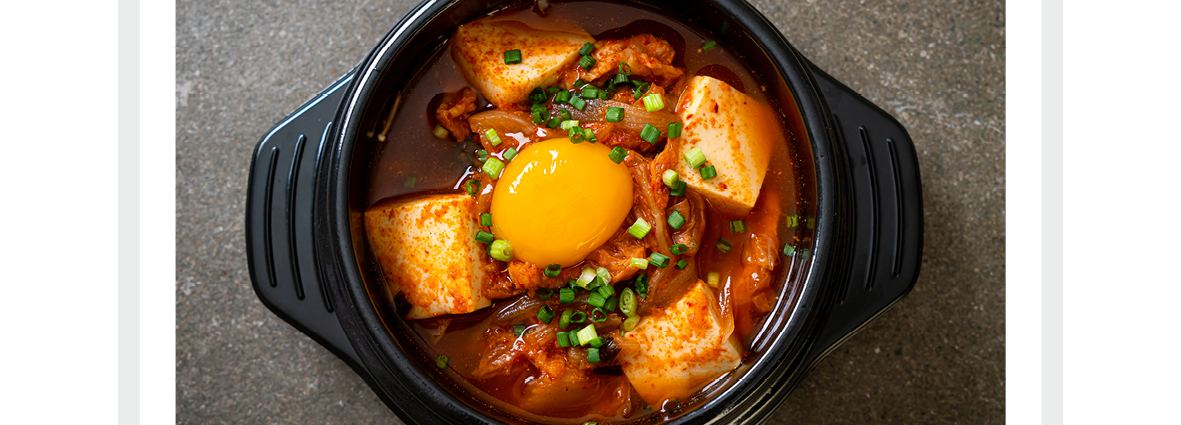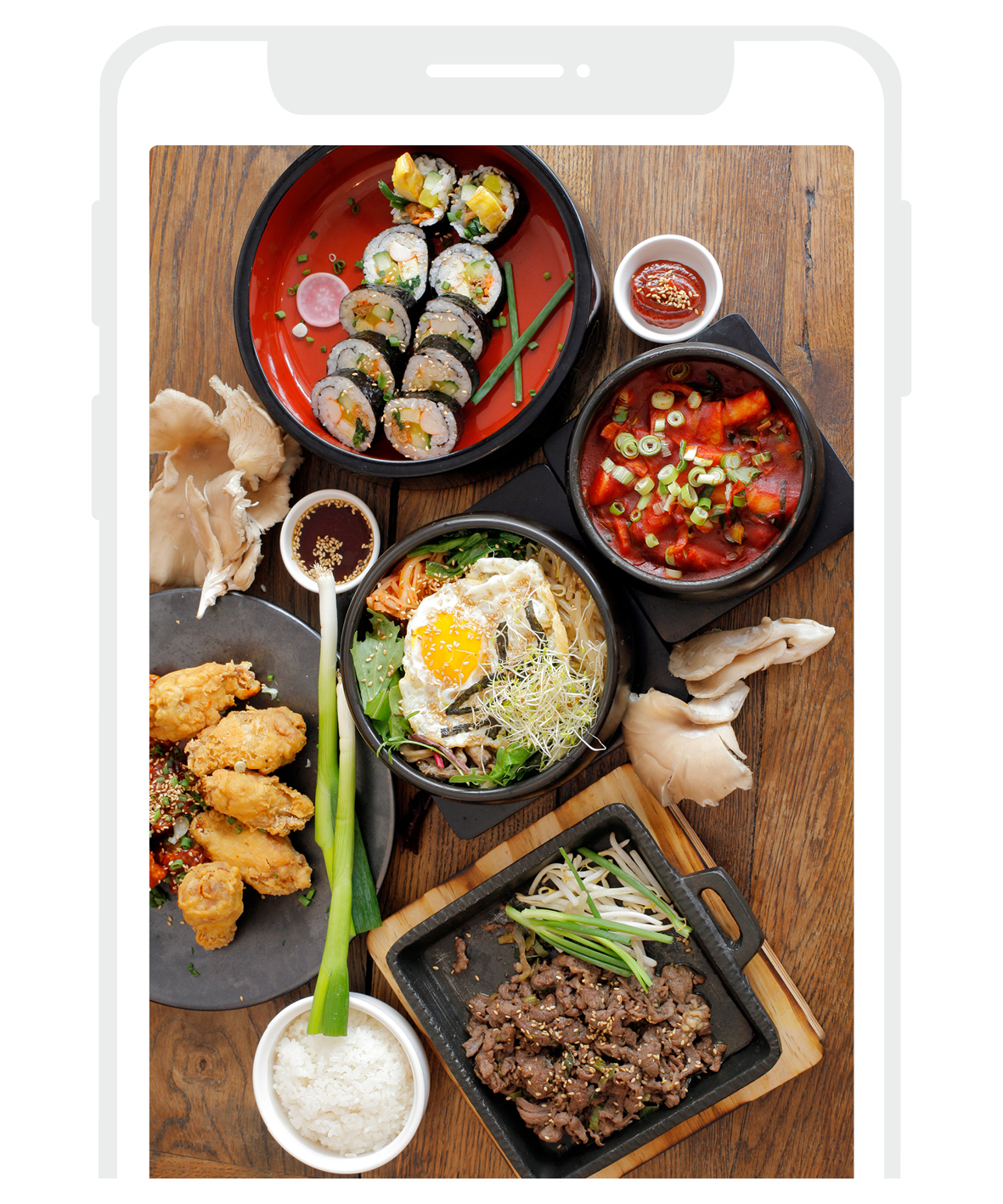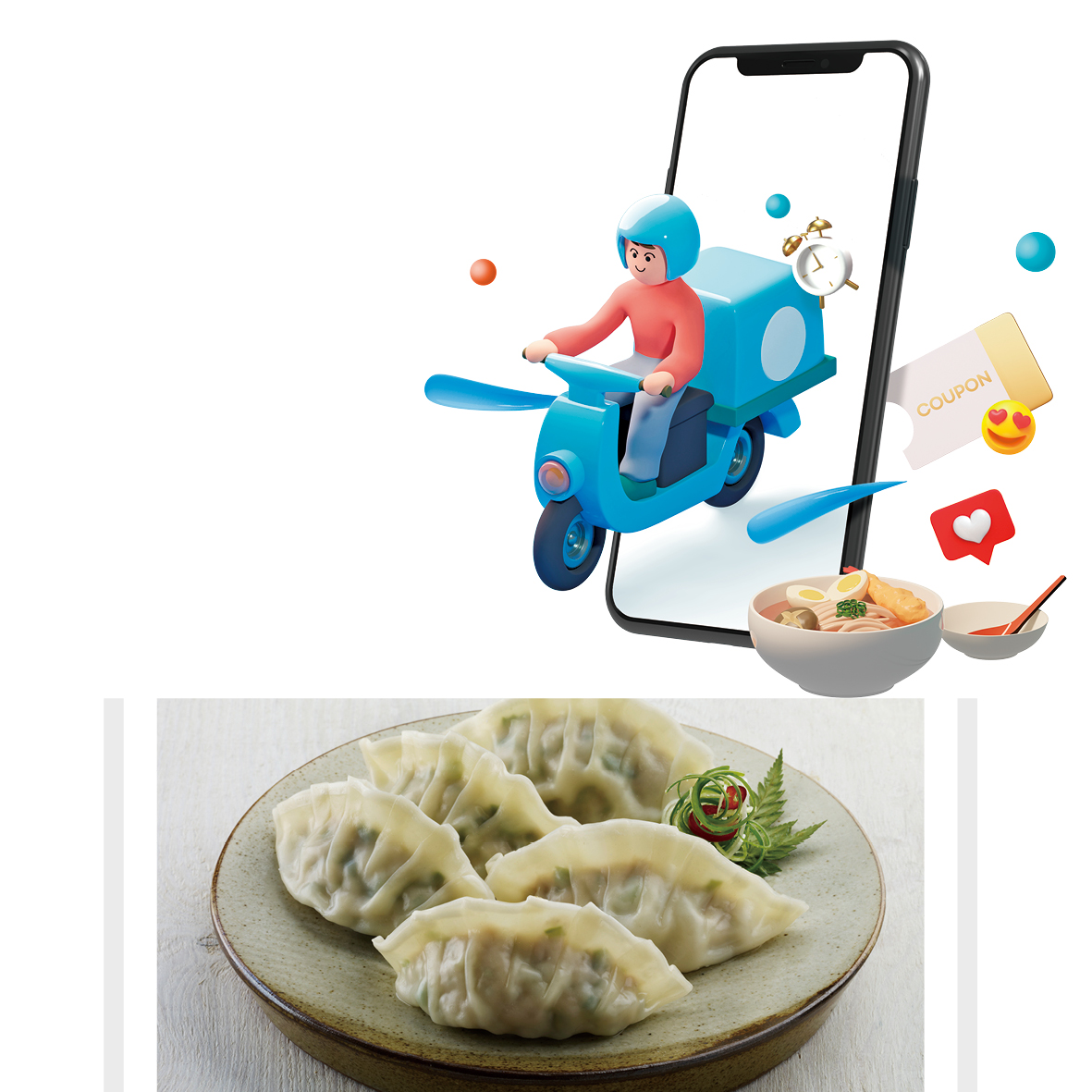한식 읽기 좋은 날
Vol 50. Korean Food, The Culture Blooms
Korean Food in the Era of Delivery and Convenience!
Rediscovery of Korean Food
COVID-19 has changed our ordinary daily lives. Among them, the impact on food culture is truly enormous. As people’s desire to cut down on eating out and eat at home more frequently, the delivery food and convenient food market grew explosively. What stands out is that in this market, where fast food and late-night snacks were the mainstream, “Korean food” is emerging. And it is not limited to Korea. Thanks to the strong influence of the Korean Wave, the growth of Korean food is notable in overseas delivery service menus. Why is Korean food, which is blowing a fresh breeze in domestic and foreign food cultures, so popular?
Source. Maeil Business Newspaper Economy “Korean Food’s New Normal,” Korea Agro-Fisheries & Food Trade Corporation’s Korea Agricultural Trade Information, Yanolja Must-eat Place Service Trend 2021


Until now, there are few franchises focusing on Korean food. This is because the entry barrier is low, as most of the menu items could be cooked at home. The ones that were doing well were gukbap(rice soup) and jjimdak(braised chicken), which are difficult to make at home due to long cooking times and complicated cooking methods. However, it has changed lately. This is because, as the number of single-person households has increased, “Korean food becomes the eating-out menu.” Due to the increase in demand for home-cooked meals following COVID-19, Korean food has pushed out the Chinese and chicken menus, which were the strong choices in the delivery food market.
This phenomenon can be understood by looking at the <Must-eat Place Service Trend> released by Yanolja, a global leisure platform company, in October last year. Yanolja has been providing a must-eat place service for contact-free, online waiting restaurant customers on site since May last year. The results of the analysis on the must-eat place service use trends show that Seoul accounted for about half of the usage rate by region, and the most popular menu was Korean food, with 35.5%.
Korean food is also very popular as a restaurant meal replacement(RMR), which is a popular restaurant convenience food that allows you to enjoy the menus of famous restaurants with a simple cooking method, regardless of your food skill. The results from the RMR data analysis sold by Market Kurly from January 2017 to August 2021 with the Food Business Team of Seoul National University showed that “Must-eat place in Seoul,” “famous chef” and “Korean food” were picked as trend keywords. The sales of related products sold at Market Kurly have increased at an average annual rate of 215% since 2017, and the sales in 2020 increased 46 times, compared to 2017. The average monthly sales in 2021 was about KRW 15 billion, or KRW 180 billion, when converted into annual sales. This result is in line with the <Michelin Guide> published at around the same time. In the “Michelin Guide Seoul 2022,” all three-star restaurants with the highest rating were selected based on Korean food. Korean food has been neglected in the past because it is familiar. However, the number of consumers may be increasing because they want to actively explore the taste of Korean food more, because it is familiar.

Centering on fine dining and high-end restaurant serving original cuisine, fusion Korean cuisine has been tried, using Korean ingredients while breaking away from the original taste of Korean food as we know it, while adding contemporary Western recipes. However, nowadays, fusion Korean cuisine is gaining attention as it has become so popular that it is sold at delivery-only restaurants and at convenience stores. A representative example is the use of rosé sauce in various Korean dishes, such as tteokbokki(stir-fried rice cake), jjimdak(braised chicken), and galbijjim(braised short ribs). Even at convenience stores, you can easily find fusion products that combine foreign recipes with Korean ingredients, such as “vongole kalguksu(noodle soup),” “doenjang(soybean paste) pasta,” and “jjamppong(spicy seafood noodle soup) sundubu(soft bean curd). There are Korean dining bars that offer “Korean food omakase” by using the omakase cooking method, meaning “chef’s special dishes” in Japanese cuisine. If Korean food was centered on Korean table d'hote or Korean traditional cuisine in the past, now there are more restaurants that use Korean food to create a unique taste and mood. The fusion Korean food is also an important topic for the globalization of Korean food. Kimchi, a representative Korean food, is being exported to countries around the world as its fermentation science is now recognized, but it is difficult to satisfy the palate of Westerners who are not used to its spiciness. The fusion Korean food could be the answer in popularizing Korean food in the global market.


According to the Korea Agro-Fisheries & Food Trade Corporation’s Korea Agricultural Trade Information(KATI), the orders for Korean food through Zomato, a popular delivery app in India, increased by 45%. This seems to be due to the fact that Korean culture has become very popular in India since 2020, and the consumer fan base is gradually growing. In particular, the popularity of Korean food has risen, following the craze of the Netflix drama, “Squid Game.” The Korean menus that are popular in India include ramyun, bibimbap, kimchi fried rice, and tteokbokki. The major ordering areas are concentrated in large cities, such as Delhi, Mumbai and Bengaluru. Korean cuisine has been able to blend in naturally in India because rice, noodles, vegetables, and meat are the country’s main staples, and it uses seasonings similar to Korean ones, such as sesame oil, red chili, pepper, and soy sauce. It is also said that the sweet and salty flavors of Korean food go well with Indian food.
It is no exaggeration to say that the popularity of Korean food abroad is due to the K-Wave. In addition to K-pop, drama series, such as “Squid Game,” “Vincenzo,” “Kingdom,” “Crash Landing on You,” and “Itaewon Class,” achieved good results one after another, and Korean culture, including Korean food, received plenty of attention. Moreover, at the time, when health is threatened by COVID-19, the nutritional excellence of Korean food became known through various media with the World Health Organization introducing Korean food as a nutritionally balanced model. Likewise, the New York Post recently introduced Korean food as the secret to the health of Koreans, so people around the world started paying attention to Korean food.



The positive role of K-Wave does not end there. Korean food, which has entered overseas markets due to the success of Korean movies and drama series, is also reclaiming its original name. The products that used to borrow the names of similar local foods from exporting countries in the past are also being replaced with our Korean names.
According to KATI, the number of Korean gimbap products sold under the brand name of “ginpa(Japanese pronunciation of gimbap)” in Japan has been increasing recently. In the past, gimbap was sold as “norimaki,” a Japanese-style gimbap due to low awareness in Japan. However, in the past one or two years, gimbap reclaimed its Korean name after it has gained recognition through contents such as drama series and Netflix viewed by young Japanese people.
Korean companies also changed the names of Korean food products in the Japanese market. CJ CheilJedang recently changed the name of its dumpling product sold in Japan from “gyoza” to “mandu.” The purpose is to promote Korean mandu products widely in the Japanese gyoza market, which is worth KRW 650 billion.
Though the world's interest in Korean cuisine has been derived from the craze of K-Wave, the genuine charm of Korean food lies in the fact that it is good for health, and it has a variety of flavors. So, once you taste it, you will want to eat it again and again. We hope that the current interest in Korean food is not just a trend that would be gone after a while, following the K-Wave, but a chance for it to produce many Korean food enthusiasts, and become a world-class cuisine.

 한국어
한국어
 English
English






